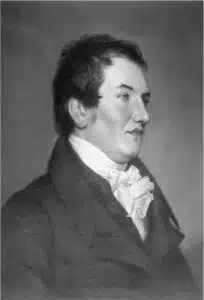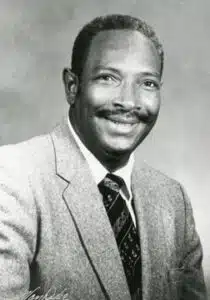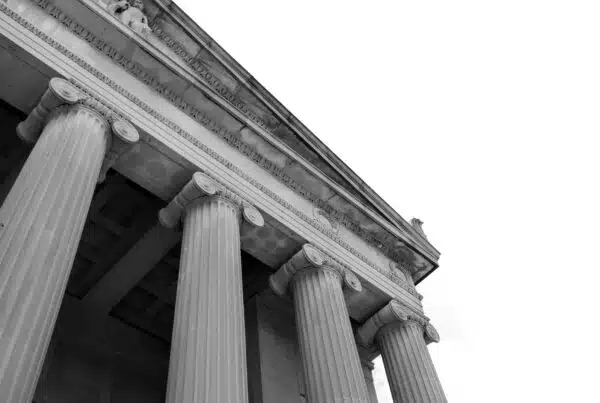American Sign Language (ASL) exists today as a fully recognized and widely used language thanks to the efforts of individuals who dedicated their lives to education, research, and advocacy. Some built schools, creating opportunities for Deaf students to learn and connect. Others worked to document and analyze ASL, proving its structure and legitimacy as a language. Their work has had a lasting impact, shaping how ASL is taught, studied, and understood. The following individuals helped lay the foundation for ASL and expanded access to education and communication for the Deaf community.
Source: Gallaudet Unversity
Laurent Clerc (1785–1869)
Laurent Clerc played a defining role in shaping Deaf education and American Sign Language (ASL). As a Deaf educator from France, he co-founded the American School for the Deaf in 1817 with Thomas Hopkins Gallaudet, creating the first formal school for Deaf students in the U.S. Clerc’s influence went far beyond the classroom—he introduced French Sign Language (LSF), which blended with local signing methods to form the foundation of ASL. His dedication gave the Deaf community access to structured education and a shared language, laying the groundwork for generations to connect, learn, and advocate for their rights.
Source: Gallaudet University
William Stokoe (1919–2000)
William Stokoe changed the way the world views American Sign Language (ASL). As a hearing linguist, he challenged the widespread belief that ASL was merely a collection of gestures. His research in the 1960s proved that ASL has its own grammar and structure, making it a fully developed language. His work gave ASL the recognition it deserved, helping to shift attitudes in education, linguistics, and the Deaf community. Without Stokoe’s groundbreaking studies, ASL might not have gained the status and respect it holds today.
Source: ENT & Audiology News
Andrew Foster (1925–1987)
Andrew Foster transformed Deaf education across Africa. As the first Black Deaf graduate of Gallaudet University, he saw the lack of educational opportunities for Deaf children worldwide and dedicated his life to changing that. He established over 30 Deaf schools in Africa, giving thousands of students access to education and sign language. His work not only provided a path to learning but also strengthened Deaf communities across multiple countries.
Source: Gallaudet Unversity
Dorothy Casterline (1928-2023)
Dorothy Casterline helped document and define American Sign Language (ASL) at a time when it was largely misunderstood. As a Deaf researcher, she co-authored A Dictionary of American Sign Language on Linguistic Principles in 1965, providing one of the first linguistic analyses of ASL. Unlike William Stokoe, who focused on proving ASL’s legitimacy as a language, Casterline worked to catalog its vocabulary, grammar, and syntax in a structured format. Her efforts provided a foundation for future ASL research, education, and advocacy, helping to preserve the language for generations to come.
A Lasting Legacy in ASL
The impact of these individuals can still be felt today. Their dedication to education, research, and advocacy helped shape ASL into the language it is now—one that connects people, preserves culture, and strengthens the Deaf community. Thanks to their work, ASL continues to be recognized, studied, and passed down, making sure future generations have the same access to language and learning.












